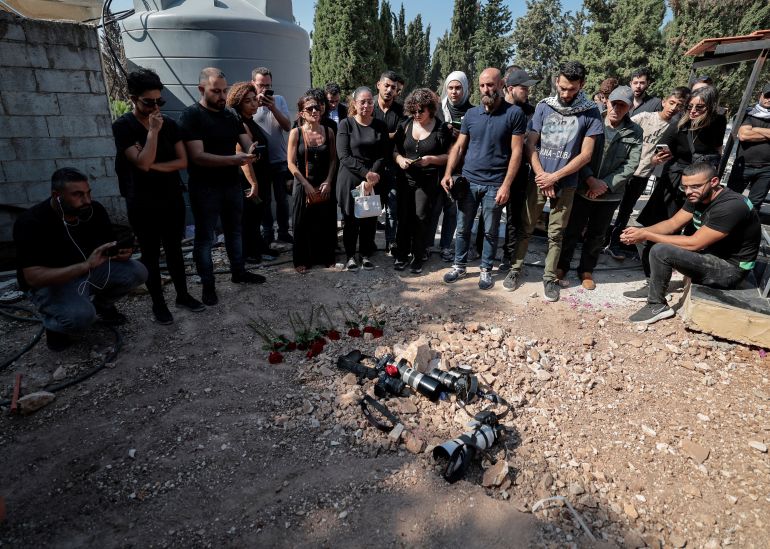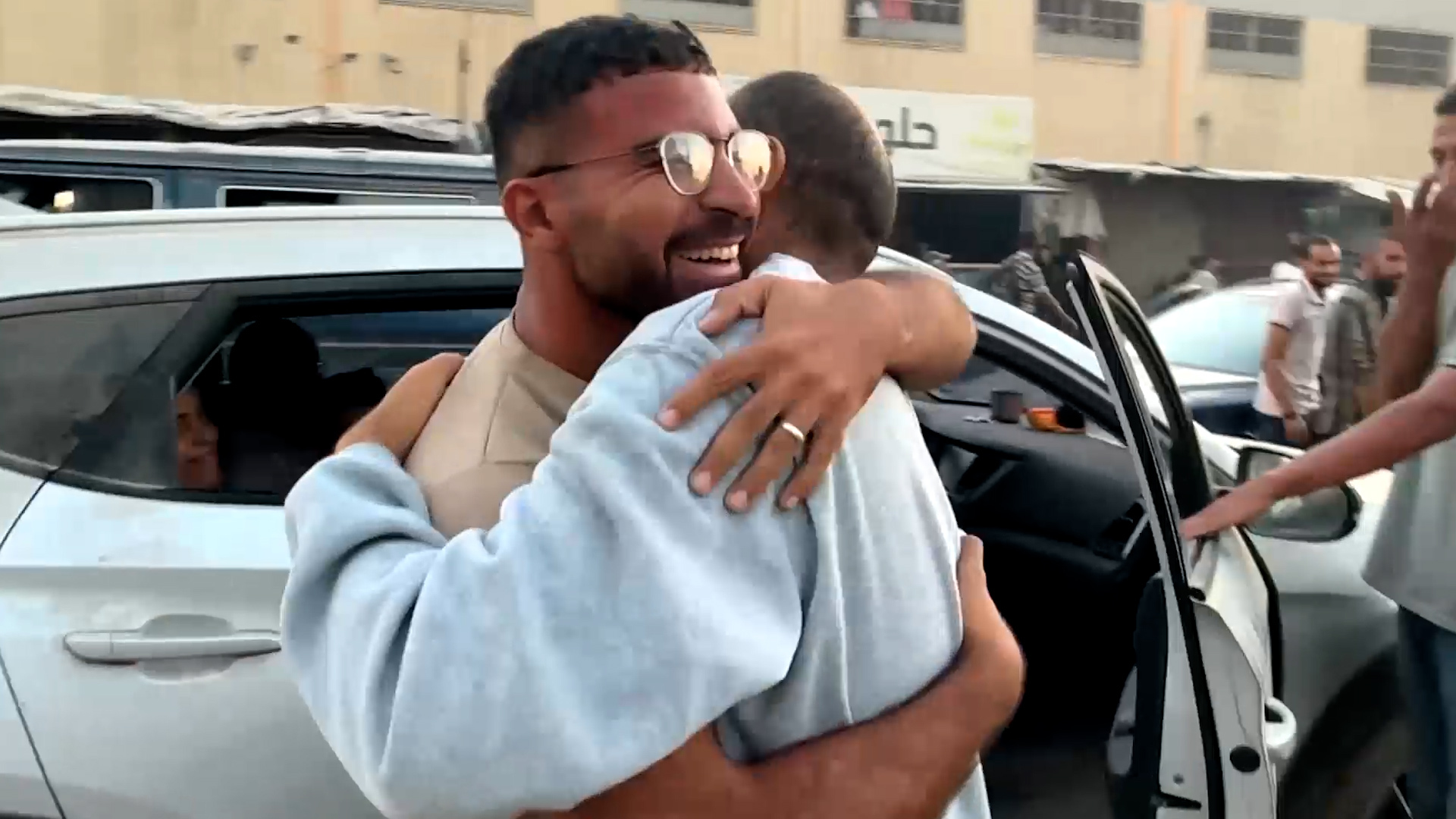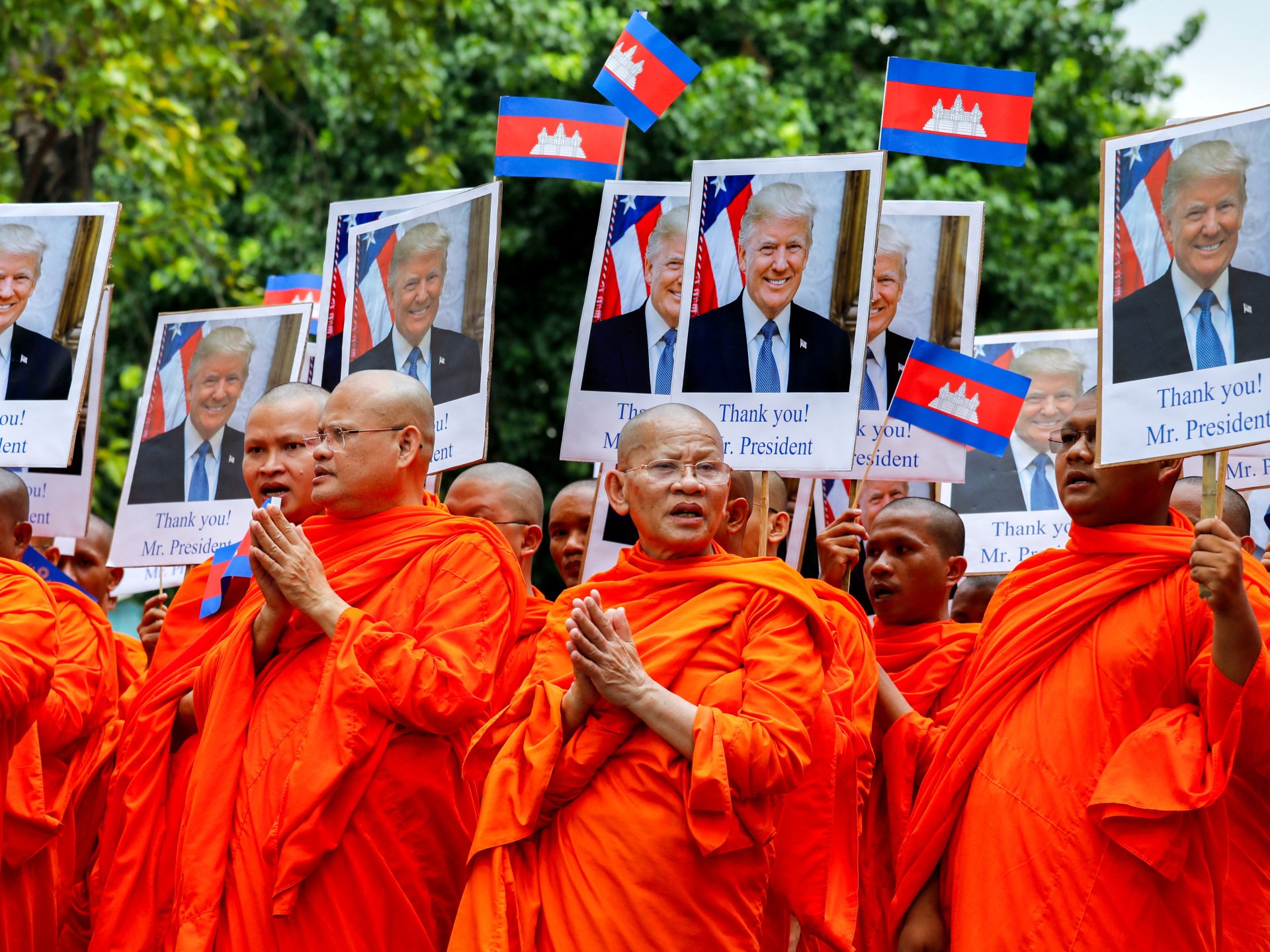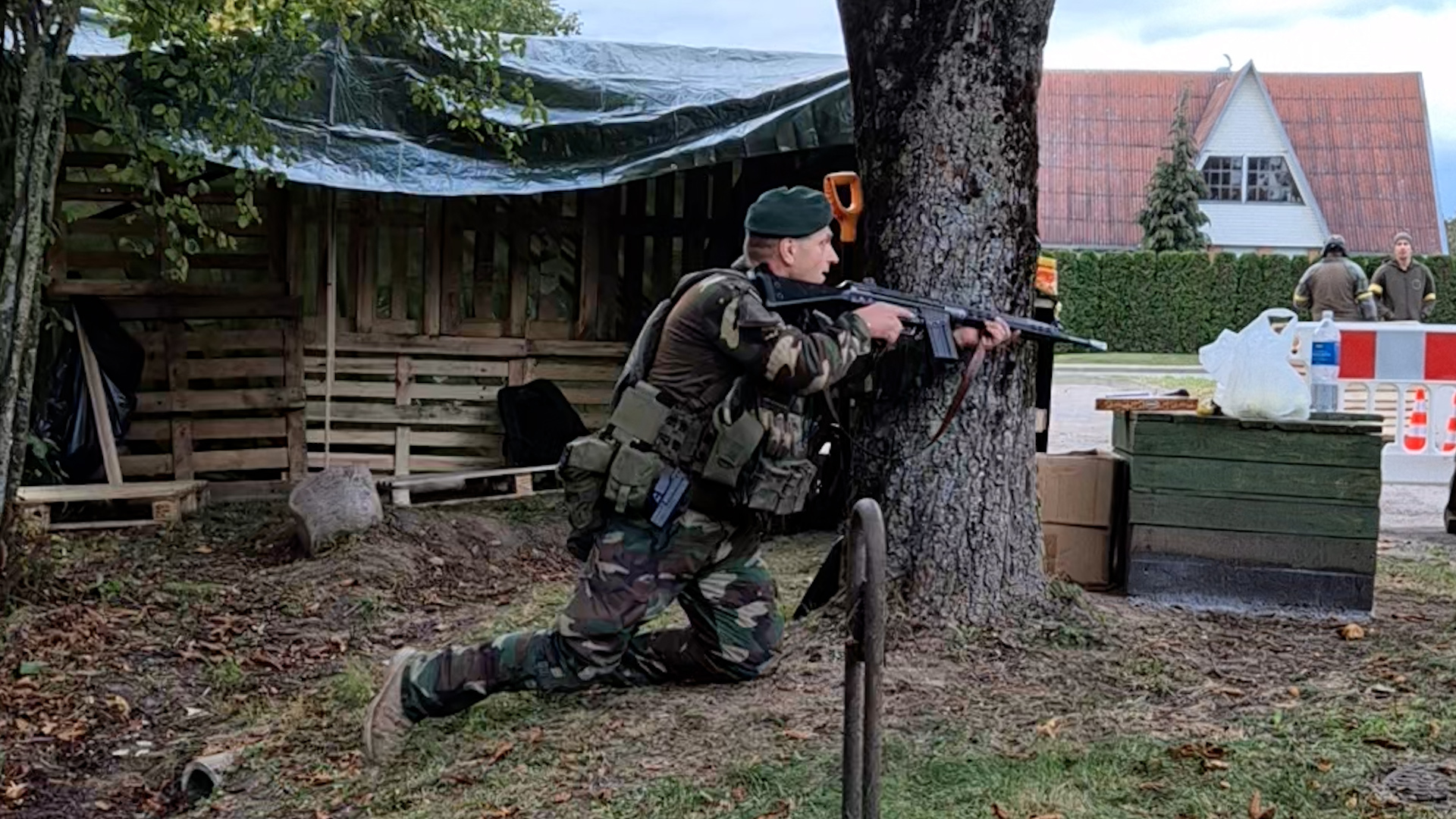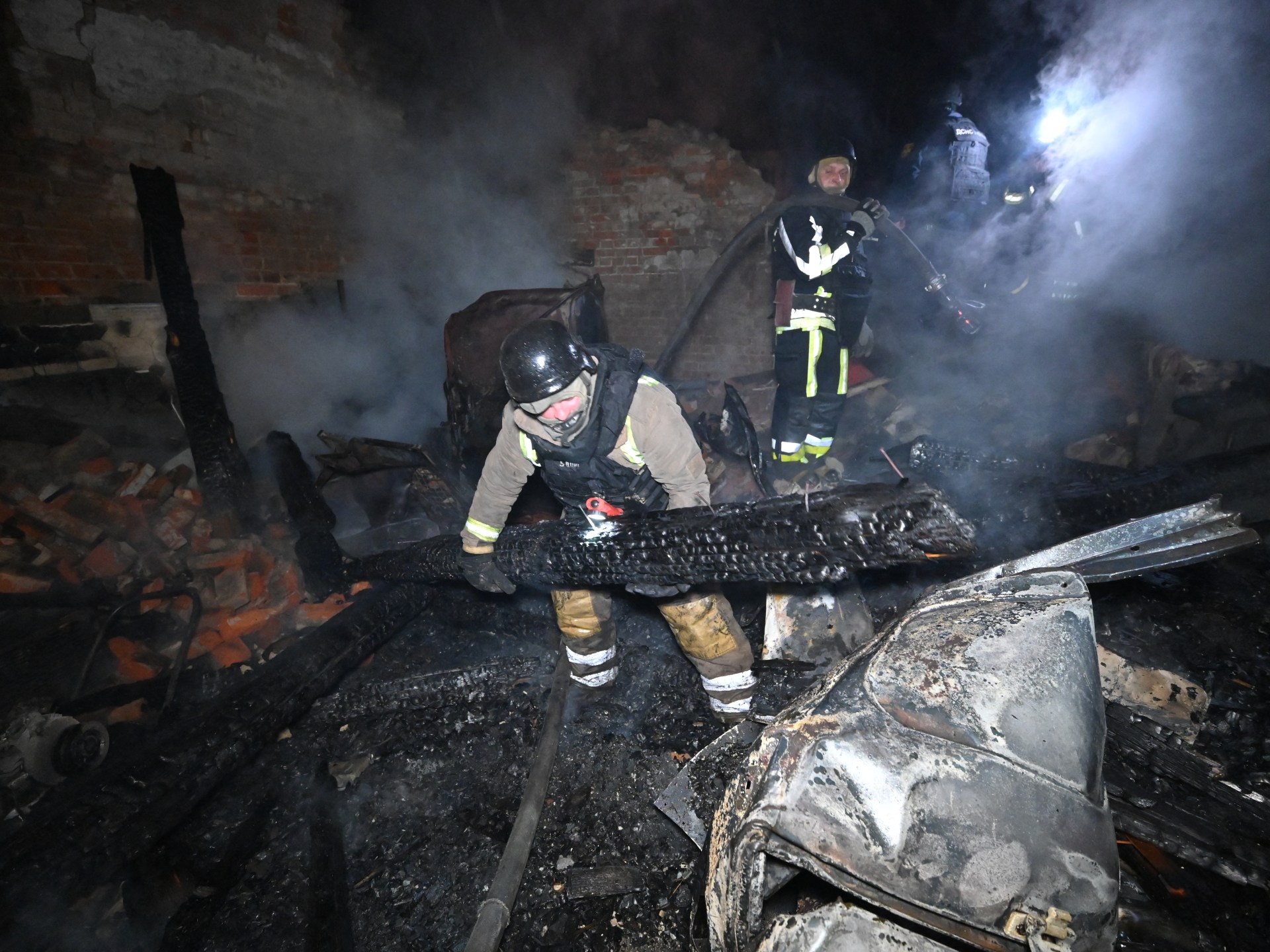The NGO Human Rights Watch (HRW) has urged Lebanon to continue its pursuit of justice over a deadly Israeli strike two years ago that killed a Reuters journalist and wounded six other reporters.
The rights group said in a statement on Monday that it welcomed a move by Lebanon’s Ministry of Justice to investigate legal options to press charges against Israel for crimes against journalists.
Reporters Without Borders also welcomed that “Lebanon is finally taking action” as Israel is accused of targeting a large number of journalists during its military aggression in Gaza and Lebanon.
Issam Abdallah, a videographer for the Reuters news agency, was killed in the October 13, 2023, attack by an Israeli tank on southern Lebanon near the Israeli border. Two Al Jazeera reporters were among those injured.
HRW said Lebanon’s announcement last week that it was looking at legal options to pursue the matter presented a “fresh opportunity to achieve justice for the victims”.
Ramzi Kaiss, the NGO’s Lebanon researcher, said the country’s action to hold Israel accountable is overdue.
“Israel’s apparently deliberate killing of Issam Abdallah should have served as a crystal clear message for Lebanon’s government that impunity for war crimes begets more war crimes,” he said.
“Since Issam’s killing, scores of other civilians in Lebanon have been killed in apparently deliberate or indiscriminate attacks that violate the laws of war and amount to war crimes,” Kaiss asserted.
‘War crime’
The October 2023 attack wounded Al Jazeera cameraman Elie Brakhia and reporter Carmen Joukhadar, Reuters journalists Thaer Al-Sudani and Maher Nazeh, and the AFP news agency’s Christina Assi and Dylan Collins.
Assi was seriously wounded and had to have her right leg amputated.
HRW said an investigation by the United Nations Interim Forces in Lebanon (UNIFIL) had found that an Israeli Merkava tank had fired two 120mm rounds at the group of clearly identifiable journalists.
The journalists were removed from the hostilities and had been stationary for more than an hour when they came under fire, the report said. No exchange of fire had been recorded across the border for more than 40 minutes before the attack.
The NGO said it had found no evidence of a military target near the journalists’ location and, because the incident appeared to be a deliberate attack on civilians, it constituted a war crime.

‘Premeditated, targeted attack’
Morris Tidball-Binz, UN special rapporteur on extrajudicial, summary or arbitrary executions, said on Friday that the attack was “a premeditated, targeted and double-tapped attack from the Israeli forces, a clear violation, in my opinion, of [international humanitarian law], a war crime”.
Reporters Without Borders urged Beirut to refer the case to the International Criminal Court, saying on Friday: “Lebanon is finally taking action against impunity for the crime.”
